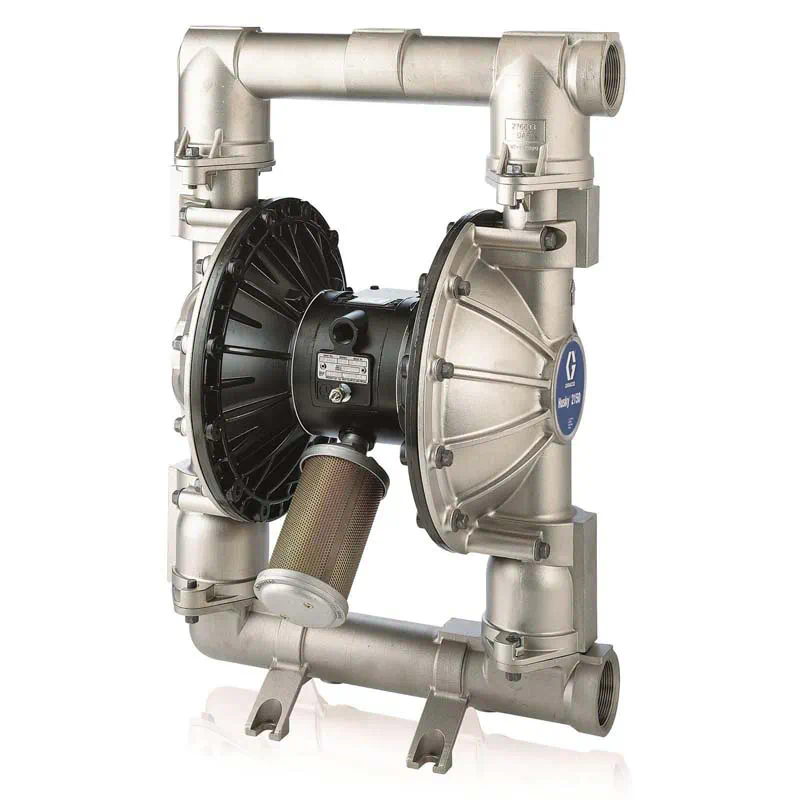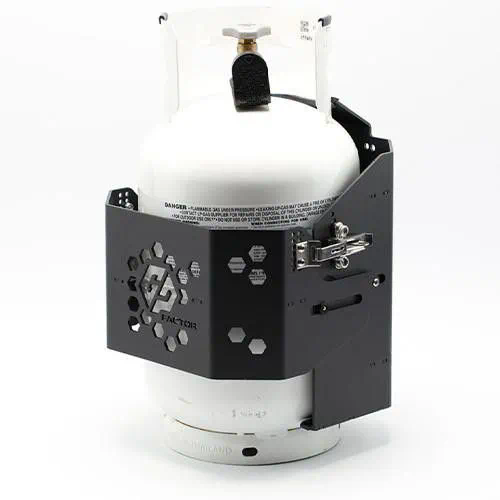Glass lined reactors are crucial equipment in various chemical and pharmaceutical processes, known for their robustness and versatility. However, they often generate considerable noise during operation, which can be disruptive and pose challenges to workplace safety and comfort. In this comprehensive guide, we will delve into the various strategies available for noise control and reduction in glass lined reactors. From understanding the sources of noise to implementing effective mitigation measures, this article aims to provide detailed insights that are both informative and practical for engineers, operators, and stakeholders involved in industrial processes.
Understanding Noise in Glass Lined Reactors
Noise in glass lined reactors primarily originates from mechanical vibrations, fluid dynamics, and interactions within the reactor structure itself. These sources can vary depending on the reactor’s design, size, operating conditions, and the processes carried out within. Vibrations from agitators, motors, and pumps can transmit through the reactor walls and components, resulting in airborne noise that propagates into the surrounding environment. Understanding the specific sources and frequencies of noise is essential for developing targeted mitigation strategies.
Sources of Noise
1. Mechanical Vibrations: The rotating components such as agitators and impellers can produce significant mechanical vibrations, especially at higher speeds or when unbalanced. These vibrations are transmitted through the reactor walls and can radiate as noise.
2. Fluid Dynamics: The movement of fluids inside the reactor, especially turbulent flow or rapid changes in pressure, can generate noise. This is particularly noticeable during batch changes, when different phases of the reaction cycle induce varying fluid dynamics.
3. Structural Resonance: Glass lined reactor structures can resonate at certain frequencies, amplifying noise levels. Structural resonance occurs when the natural frequency of the reactor coincides with frequencies generated by internal or external sources.
Effects of Noise
Excessive noise in glass lined reactors can have several detrimental effects:
– Health and Safety Concerns: Prolonged exposure to high noise levels can lead to hearing damage and other health issues among operators and nearby personnel.
– glass lined reactor mechanical seal Operational Disruption: Noise can interfere with communication, concentration, and overall productivity in the workplace.
– Regulatory Compliance: Many jurisdictions have strict regulations regarding workplace noise levels. Failure to comply can result in fines or operational restrictions.
Noise Control Strategies
Effective noise control strategies for glass lined reactors involve a combination of engineering controls, administrative measures, and personal protective equipment (PPE). These strategies are designed to mitigate noise at its source, reduce transmission pathways, and protect individuals exposed to noise.
Engineering Controls
1. Selection of Low-Noise Equipment: Choosing agitators, motors, and pumps that are designed for low noise emissions can significantly reduce overall noise levels.
2. Vibration Isolation: Isolating vibrating components from the reactor structure using resilient mounts or pads can prevent vibrations from transmitting into the surrounding environment.
3. Damping Materials: Applying damping materials such as rubber linings or acoustic insulation to reactor walls can absorb and reduce noise transmission.
Process Modifications
1. Optimized Agitation: Adjusting agitation speeds and patterns can minimize turbulence and reduce noise generated by agitators.
2. Flow Optimization: Modifying flow patterns and velocities to glass lined stainless steel reactor minimize turbulence and pressure fluctuations can lower noise levels during fluid dynamics.
Administrative Controls
1. Workplace Design: Reducing the exposure time of personnel to noisy areas through effective workplace design and layout can mitigate overall exposure.
2. Maintenance and Monitoring: Regular maintenance and monitoring of equipment for wear and tear can prevent the escalation of noise levels over time.
Personal Protective Equipment (PPE)
1. Hearing Protection: Providing suitable hearing protection, such as earmuffs or earplugs, to personnel working in noisy environments is essential for preventing hearing damage.
Case Studies and Best Practices
To illustrate the application of noise control strategies in real-world scenarios, let’s examine a few case studies and best practices adopted by industries using glass lined reactors:
Case Study 1: Pharmaceutical Industry
In a pharmaceutical manufacturing plant, noise levels from glass lined reactors were significantly reduced by implementing the following measures:
– Upgrading to agitators with lower noise emission profiles.
– Installing vibration isolation mounts for agitators and pumps.
– Applying acoustic insulation to reactor walls and enclosing noisy areas.
These interventions not only improved workplace safety but also enhanced operational efficiency by reducing downtime due to noise-related disruptions.
Case Study 2: Chemical Processing Plant
A chemical processing plant tackled noise issues from its glass lined reactors by:
– Conducting a noise assessment to identify critical noise sources and frequencies.
– Retrofitting existing reactors with noise-reducing technologies such as tuned dampers and acoustic enclosures.

– Training personnel on the proper use of hearing protection and implementing noise exposure monitoring programs.

Conclusion
Noise control and reduction in glass lined reactors are paramount for ensuring a safe and productive work environment while complying with regulatory standards. By understanding the sources of noise, implementing effective engineering controls and administrative measures, and prioritizing the use of personal protective equipment, industries can mitigate the adverse effects of noise on personnel and operations. Continuous monitoring, maintenance, and innovation in noise-reducing technologies will further contribute to the sustainable management of noise in industrial settings.

In conclusion, the integration of comprehensive noise control strategies not only enhances operational efficiency but also fosters a safer and healthier workplace for all stakeholders involved in glass lined reactor operations.
